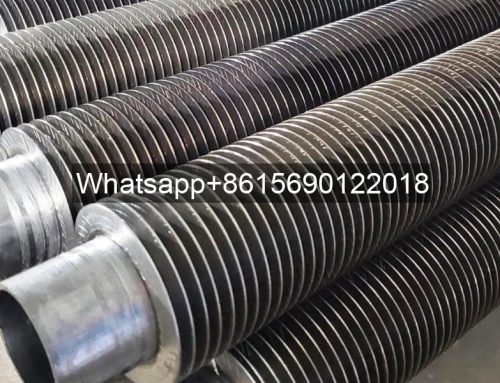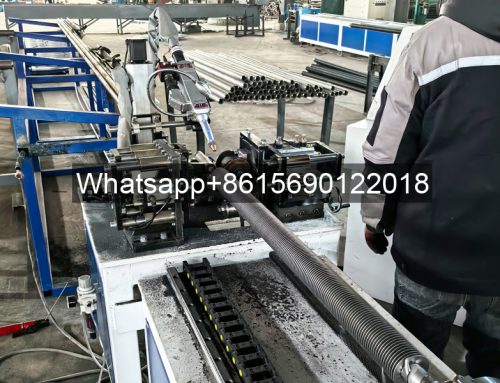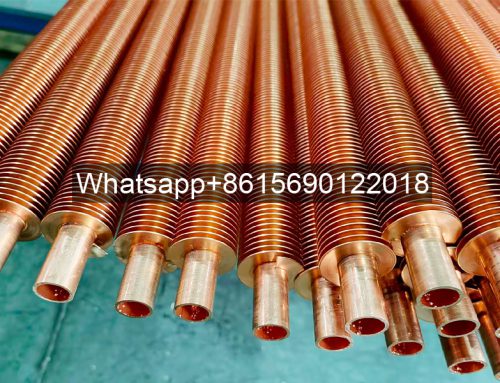What is the difference between extruded and seamless fin tubing?
Extruded finned tubing and seamless finned tubing are two common heat transfer enhancement elements used in industrial heat exchange, and they differ significantly in structure, manufacturing process, and application scenarios.
The main differences between extruded and seamless finned tubes lie in their manufacturing processes and structural characteristics:
1. Manufacturing Process Differences
Extruded Finned Tubing: Spiral fins are wound onto the outer surface of a base tube using mechanical extrusion. Processes such as three-roll skew rolling are used to achieve an integrated finned tube structure with no weld seams.
Seamless Finned Tubing: Typically refer to integral finned tubes manufactured using high-frequency welding, three-roll skew rolling, etc. Their characteristic is a seamless connection between the fins and the base tube, with no contact thermal resistance.
2. Structural Characteristics
Extruded Finned Tubing: Fin thickness and spacing can be customized, resulting in lower fluid flow resistance. They are suitable for high-temperature and high-pressure environments, but their resistance to fouling is weaker.
Seamless finned tubing: These tubes utilize a one-piece molding process to enhance pressure resistance and wear resistance. They are commonly found in industrial heat exchange equipment, but are relatively heavy.
3. Application Scenarios
Extruded finned tubing: More suitable for applications requiring lightweight construction, high heat dissipation efficiency, and cost sensitivity, such as refrigeration and air conditioning, and food drying equipment. Extruded types are more suitable for fields with high structural strength requirements, such as petrochemicals, power generation, and metallurgy.
Seamless finned tubing: Offer significant advantages in fields with extremely high equipment reliability requirements, such as petrochemicals, power generation, and metallurgy. They can withstand temperatures above 400℃ and pressures above 10MPa. Seamless types are often used in boiler economizers, air preheaters, and other heat exchange equipment requiring high pressure resistance.
Core Differences Between Extruded Finned Tubing and Seamless Finned Tubing
| Comparison Dimension | Extruded Finned Tubing | Seamless Finned Tubing |
|---|---|---|
| Base Tube Type | Typically made with welded or seamless tubes, but the fins are integrally formed with the base tube through extrusion. | Must use seamless steel tubes as the base tube to ensure pressure resistance and corrosion resistance. |
| Manufacturing Process | Fins are directly formed on the outer surface of the base tube through mechanical extrusion, creating a one-piece structure. | Uses a seamless steel tube as the base tube, with fins added through processes like high-frequency welding, rolling, or expansion. |
| Structural Strength | Fins are tightly bonded to the base tube, but the base tube itself may be welded. | The seamless base tube has no welds, offering higher overall pressure resistance, especially in high-pressure, high-temperature environments. |
| Thermal Performance | The extrusion process minimizes contact thermal resistance, resulting in higher heat transfer efficiency. | The seamless base tube provides uniform material properties and stable heat conduction, though contact thermal resistance may be slightly higher than in extruded types. |
| Typical Applications | Commonly used in low-to-medium temperature, low-pressure applications, such as refrigeration systems and greenhouses. | Ideal for high-temperature, high-pressure, or corrosive industrial environments, such as power plant boilers and chemical plants. |
| Cost | Generally lower manufacturing costs. | Higher cost due to the use of seamless tubes and more complex processes. |






